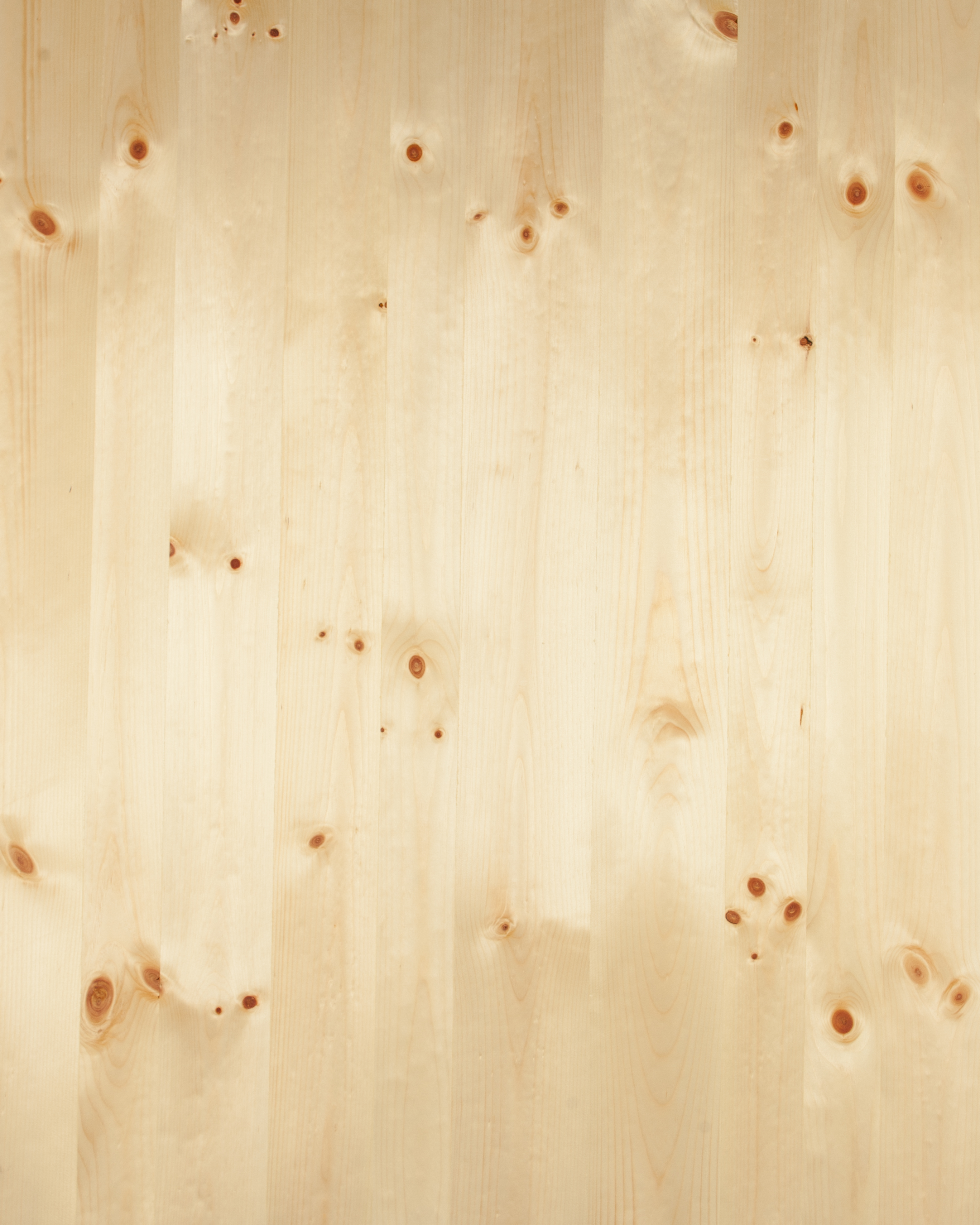 Editor's note: This information is compiled from Timber Products' Panel Talk articles on veneer and other trends. Read more at WoodworkingNetwork.com.
Editor's note: This information is compiled from Timber Products' Panel Talk articles on veneer and other trends. Read more at WoodworkingNetwork.com.
Book match is the most common matching type of veneer, with roughly nine out of 10 spliced veneers falling under book match. To book match, alternating leaves of veneer are turned over, so that adjacent leaves are opened like the pages of a book.
A-grade spliced veneer is typically book matched and is used in architectural applications or for visually prominent features such as cabinet doors. Exceptions to this use are found for knotty pine, knotty cedar and alder, where the presence of characteristics like knots makes for unpleasant patterns; species with many characteristics are usually plank matched.
Advantages of book match are that it creates symmetry and yields maximum continuity of grain. This type of pattern is usually most pleasing to the eye.

Slip is a matching type is most often used to minimize the barber-pole effect common with book matching. In slip matching, the leaves of veneer are fed into the splicing machine the same way they come off the slicer or lathe. Slip match usually features the tight side of the veneer facing outward.
Unlike with book match, a cathedral cannot be manufactured using slip match. When you are using a straight-grain veneer, such as rift, if the grain is not running parallel to the edge of the veneer, the whole sheet can appear as if it were leaning or out of square. Cabinet manufacturers who want to eliminate or minimize the barber-pole effect that can sometimes occur with book match commonly use slip match. Another advantage of slip match is that it reflects light and takes finishes more uniformly.

Plank match is when dissimilar (in color, grain or width) veneer leaves of the same species are specially selected and assembled in a specific order to create a particular look. This method creates a casual or rustic effect. It is the second most common match after book match.
A main reason to plank match is to achieve a look that resembles lumber planks that are edge-glued together. A secondary reason is to avoid situations where knots and knotholes achieve a less-than-desired effect. Knotty grades are typically plank matched so knots and knotholes are distributed across the veneer and do not end up in repeating rows. Kitchen cabinets are the top use case for plank match veneers. Store fixture manufacturers are also beginning to use more plank match veneer for store sets.
One advantage of plank match is that it makes use of the entire log. Mismatching is intentional and can produce the exact look desired. Knots can be placed anywhere based on how a panel is used. “Consistently inconsistent” is a good way to describe plank match because patterns do not repeat themselves.
Source: Eric Cullen is a veneer expert at Timber Products. For more information call (800) 547-9520 or visit TimberProducts.com. This article is excerpted from Timber Products’ Panel Talk Veneer Spotlight, found on WoodworkingNetwork.com.






Have something to say? Share your thoughts with us in the comments below.